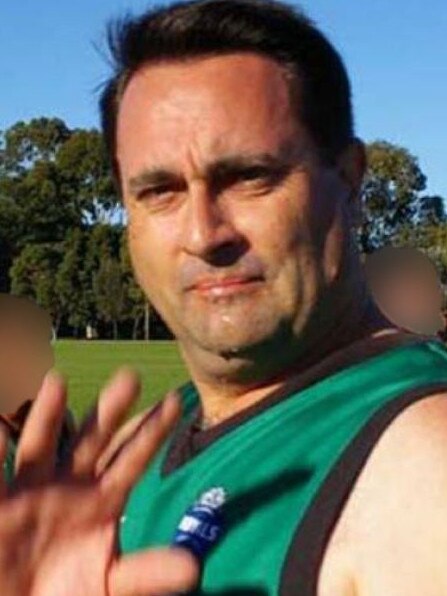Contaminated Claremont evidence ‘inherently implausible’
The lead prosecutor used the bulk of her closing address to the marathon trial to tackle any concerns about the integrity of crucial DNA evidence.

The lead prosecutor in the trial of the alleged Claremont serial killer has methodically picked apart the theories that the accused murderer’s DNA wound up under the nails of the third victim through contamination, describing such scenarios as “inherently implausible” and “unfathomable”.
Carmel Barbagallo used the bulk of her closing address to the marathon trial on Monday to tackle any concerns about the integrity of the crucial DNA evidence recovered from the testing of two nail samples from the left hand of Ciara Glennon, who was abducted from Claremont and murdered in 1997.
The two fingernail samples, labelled AJM 40 and 42, are the two most important pieces of evidence produced in the case, with male DNA recovered from the samples matching that of 51-year-old former Telstra technician Bradley Robert Edwards.
Edwards is on trial over the murder of three young women who disappeared after nights out in the Claremont nightlife district of Perth in the mid-1990s. He has already pleaded guilty to abducting a 17-year-old girl from Claremont in 1995 and raping her, as well as breaking into a home in Huntingdale and assaulting an 18-year-old woman asleep in her bed.

Samples of Edwards’ DNA were recovered from the body and clothing of the 1995 rape victim — who cannot be named for legal reasons — and Ms Barbagallo rubbished suggestions that DNA from that matter somehow came to later contaminate the Glennon fingernail samples.
Ms Barbagallo said there was neither the opportunity nor the mechanism for such contamination, while also highlighting how extraordinarily unlikely it would be for evidence from one case to contaminate evidence from another matter with such striking similarities.
If the sample from of a young woman who was abducted and violently assaulted while heading home after a night out in Claremont was contaminated, Ms Barbagallo said, it happened to have been contaminated with the DNA of a man who has admitted to abducting and violently assaulting a young woman who was heading home from a night out in Claremont.
“One, the improbability of such a coincidence speaks for itself, and two, contamination is not selective,” she said.
Both the rape case samples and the fingernails spent years stored within the state’s PathWest forensic laboratory, but Ms Barbagallo noted that no other exhibits from any other cases were found to have been contaminated with the accused’s DNA.
Almost all the DNA evidence recovered from the rape victim contained the DNA of both Edwards and the rape victim herself, meaning her DNA would also have been found in the crucial DNA samples if they were the source of contamination.
And the one piece of DNA rape evidence not also containing the rape victim’s DNA, a sperm cell fraction recovered by a swab, was tested some 13 months before AJM 42 was opened and tested in the lab. The other sample, AJM 40, was never opened at PathWest, making it a “proverbial pot of gold”, given it was in pristine condition when ultimately tested by UK forensic experts in 2008.
The gap between testing meant the liquid used to process that sample from the rape must have been spilled in the lab, evaded all subsequent cleaning, not have been detected in any other testing, and then have later found some mechanism of finding its way from the laboratory surface into the pot containing the fingernail sample.
She said the idea of contamination was “a desperate theory” put forward by Edwards’ defence team, and instead the DNA showed that Glennon had fought for her life and “took a piece of the accused with her”.
She noted that expert analysis of the fingernail samples found similar degradation patterns in both the male and female DNA profiles, arguing that the only viable and logical explanation is that Edwards’ DNA was on, under or about her fingernails shortly before her death.
“We say that Ciara Glennon was fighting for her life when she had an altercation with the accused during which his DNA was transferred to her fingernails, most likely in a scratching type event,” Ms Barbagallo said.
“Ms Glennon died shortly thereafter and, assisted by the mummification of her hands, that foreign DNA persisted and was recovered in the clippings put into AJM 40 and AJM 42 at the post-mortem.”
Ms Barbagallo resumed her closing submission having fully recovered from the illness that forced the trial to be adjourned last week.
Edwards’ lawyer, Paul Yovich SC, is set to deliver his closing arguments later this week.



